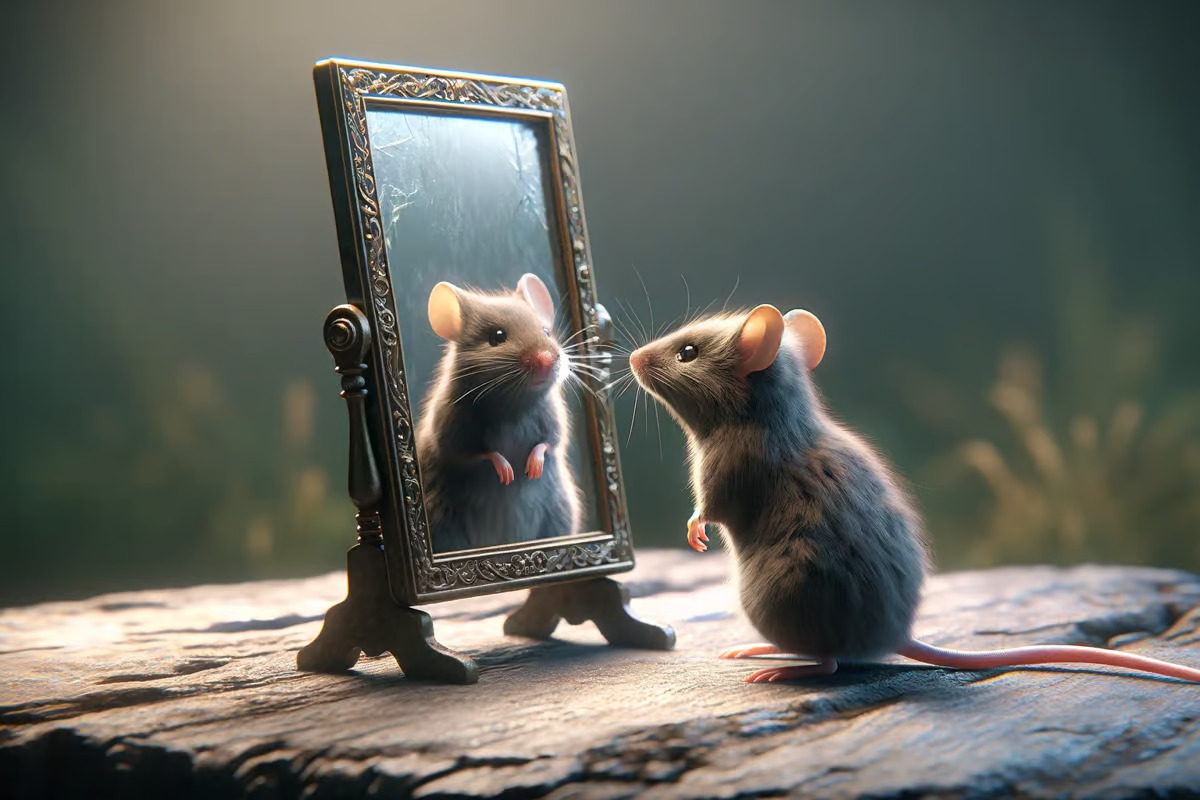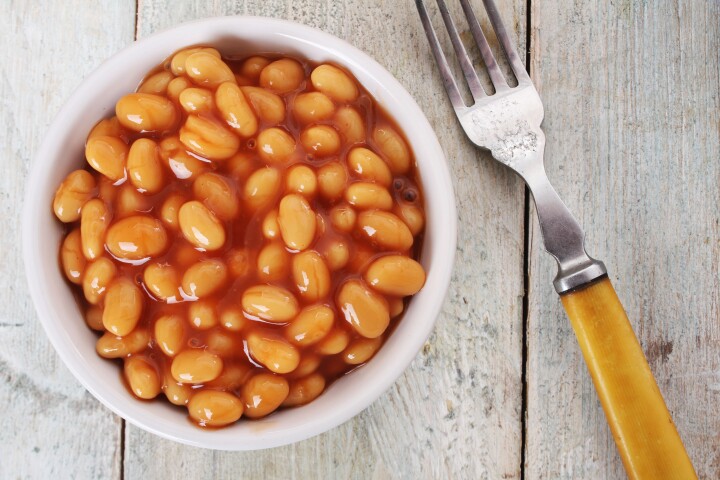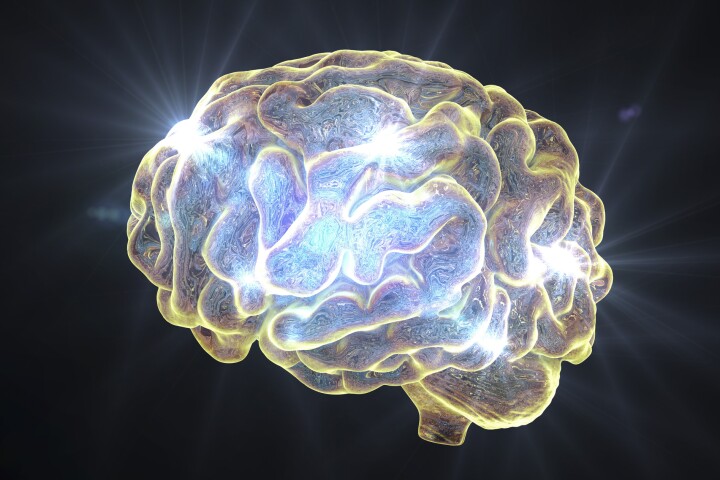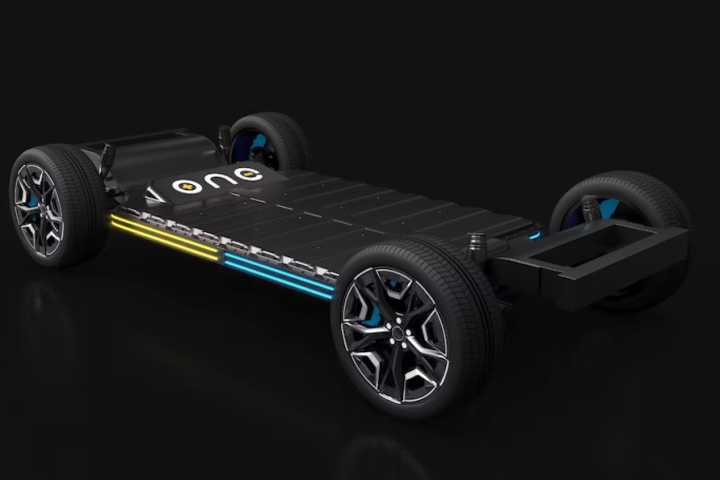 A subset of neurons linked to self-image were activated when the mouse noticed its forehead ink spot. DALL-E
A subset of neurons linked to self-image were activated when the mouse noticed its forehead ink spot. DALL-E
–
Researchers from the University of Texas Southwestern Medical Center (UTSMC) have used observational and neural analysis to gauge whether the common lab-bred C57BL/6 mouse (Mus musculus) could notice a change in its appearance – here, a spot of contrasting white ink on the forehead – when released into a space containing a mirror.
What they found was that the mice did notice the change in appearance and would begin grooming their head vigorously after coming in contact with the mirror. While it does not go as far as proving self-awareness beyond a doubt, it does raise some fascinating questions regarding non-human cognition and intelligence.
“To form episodic memory, for example, of events in our daily life, brains form and store information about where, what, when, and who, and the most important component is self-information or status,” said neuroscientist and senior author Takashi Kitamura of UTSMC. “Researchers usually examine how the brain encodes or recognizes others, but the self-information aspect is unclear.”
The mirror self-recognition (MSR) test was in part tabled by Charles Darwin but officially developed in 1970 by US psychologist Gordon Gallup Jr, to measure non-human animal visual self-awareness. The idea was that if an animal could show interest in a mark on its body – paint, a sticker – when facing a mirror and then inspecting that mark, it revealed a high level of cognitive self-awareness and consciousness.
Of course, this testing is not without valid criticism. It’s limited to species that primarily rely on visual cues, when dogs have been shown to recognize their own scent but have ‘failed’ the MSR test. It also relies on an animal being adequately motivated to investigate the mark placed on them.
In this study, not all mice exhibited the behavior to pass the test. The mice that began grooming their heads, seemingly to wash off the white spot, were animals that had already been exposed and accustomed to mirrors, if they’d socialized with other dark-furred mice, and the ink spot was large (0.6 cm2 or 2 cm2).
However, the mice ignored the spot completely if the ink matched their fur color, which indicated to the researchers that this recognition was still visually based, and not driven by the tactile stimulus of the ink spot. When the the spot was small (0.2 cm2), even in contrasting white against dark fur, the mice failed to acknowledge it.
“The mice required significant external sensory cues to pass the mirror test – we have to put a lot of ink on their heads, and then the tactile stimulus coming from the ink somehow enables the animal to detect the ink on their heads via a mirror reflection,” said first author Jun Yokose, from UTSMC. “Chimps and humans don’t need any of that extra sensory stimulus.”
Following these observational findings, the researchers looked below the surface for genetic cues. They found a subset of neurons in the hippocampus, involved in creating and storing visual self-image, that became active the moment the mice ‘recognized’ themselves in the mirror.
When they knocked out these neurons, the mice no longer initiated the grooming behavior in front of the mirror.
Interestingly, another subset of these neurons also fired up when the animal observed a lookalike mouse with similar coloring and appearance. They were not active when the mouse was introduced to individuals with white fur.
Through this gene expression analysis, the team also identified that socially isolated mice and black-furred mice reared by white-furred mice showed no physical or neuronal ‘self-recognition’ during the MSR test. As such, the researchers believe that in order for the animals to have what could be self-awareness, they need to be socialized among mice that look like themselves, in order for these neural circuits to develop.
“A subset of these self-responding neurons was also reactivated when we exposed the mice to other individuals of the same strain,” said Kitamura. “This is consistent with previous human literature that showed that some hippocampal cells fire not only when the person is looking at themselves, but also when they look at familiar people like a parent.”
Non-human animal cognition and self-awareness remains a huge mystery, which may never be fully resolved. However, the researchers are buoyed by their findings and will now look into whether mice can recognize changes in their reflection if the tactile ink spot is virtual, by way of a filter or projection that’s visible when the animal is in front of the mirror.
They also plan to investigate other areas of the brain that might be involved in self-recognition and processing visual cues.
“Now that we have this mouse model, we can manipulate or monitor neural activity to comprehensively investigate the neural circuit mechanisms behind how self-recognition-like behavior is induced in mice,” said Yokose.
The study was published in the journal Neuron.
Source: University of Texas Southwestern Medical Center via PhysOrg
–
























